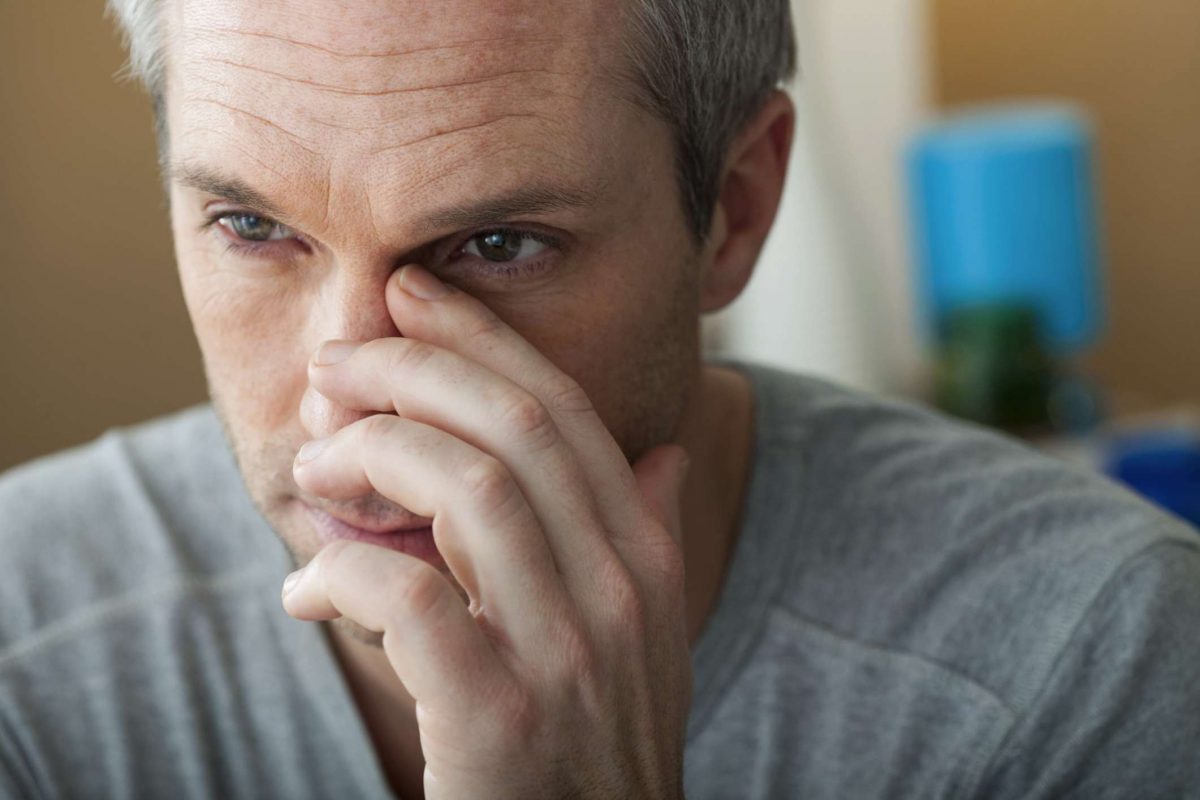Sinusitis is an inflammation of the paranasal sinuses due to bacterial or viral infection. Infection most often starts in one sinus and spreads to others over time. Symptoms include facial pain, nasal congestion, nasal drainage, cough, fever, fatigue, and bad breath.
Treatments can consist of antibiotics or antiviral medications for bacterial sinusitis or saline nasal spray, decongestants, and over-the-counter pain medications for viral infection. Sinusitis is classified by the part of the sinus affected. Acute bacterial sinusitis involves all three sinuses; this type responds best to antibiotic treatment. If you have sinusitis or any symptoms associated with the condition, you need to see a Schaumburg sinusitis specialist for treatment.
Causes
The sinuses are air-filled pockets or chambers formed by the face and skull bones. They usually drain mucus from inside the nose and sinuses into the nose, which carries it out of your body. Sinusitis may develop when bacteria, viruses, allergens, or other conditions cause swelling in the lining of your nasal passages. This swelling makes it harder for mucus to drain out of your sinuses. Your inflamed sinuses may then fill with mucus or pus, causing the symptoms of sinusitis.
Most cases of acute bacterial sinusitis are caused by infection with a type of bacteria called group A streptococcus (strep). Other types of bacteria and a variety of viruses can cause some cases.
Symptoms
Sinusitis causes different symptoms depending on which sinuses are affected. You may have more than one of these symptoms, and your symptoms may vary from those listed here. Generally, the higher up in the nose the inflammation occurs, the more severe your symptoms.
Symptoms of acute bacterial sinusitis include:
- Pain, tenderness, and pressure around the sinuses
- Nasal congestion and discharge (yellowish-green or thick)
- Cough (usually worse at night)
- Fever of 101 F (38.3 C) or higher
- Fatigue, irritability, or general unwell feeling
- Bad breath
- Decreased sense of smell
- Sensitivity to light (photophobia)
Sinusitis may have no signs or symptoms, mild ones, or very powerful signs and symptoms. Your flu-like symptoms may last 7-10 days before getting better; more severe cases of sinusitis can last three weeks or longer.
Treatment
You may be able to treat acute bacterial sinusitis at home using over-the-counter medications. Over-the-counter pain relievers, decongestants, and antihistamines can help reduce your discomfort. You also can use saline nose drops or spray to ease congestion and drainage.
If your symptoms don’t improve in a few days, or if your symptoms get worse, see a sinusitis specialist for treatment. They may recommend taking antibiotics for 10 or 14 days. The most effective antibiotic treatment plan will help prevent complications. Antibiotics will not help viral infections of the sinuses, but your doctor can still treat them with pain relievers and saline nose drops or spray until they get better on their own.
Even though acute bacterial sinusitis usually responds to antibiotic treatment, you can expect to feel tired and run down for a week or two after your symptoms go away.
In summary, sinusitis is the inflammation of the paranasal sinuses. Most people develop sinusitis due to a viral or bacterial infection and allergens. The symptoms vary depending on the sinuses affected but mainly include pain, tenderness, pressure around the sinuses, and nasal congestion. Over-the-counter medications can help treat the problem, but you may need a specialist if symptoms do not improve.








